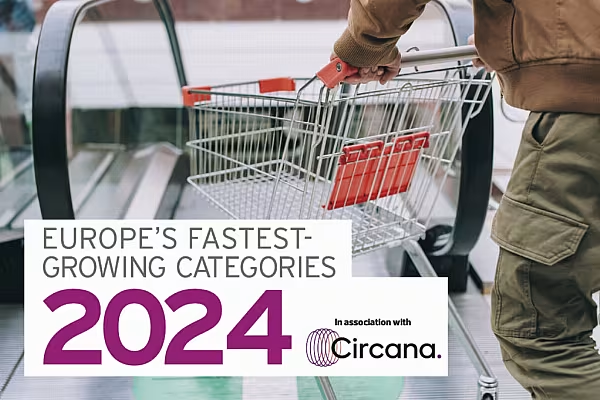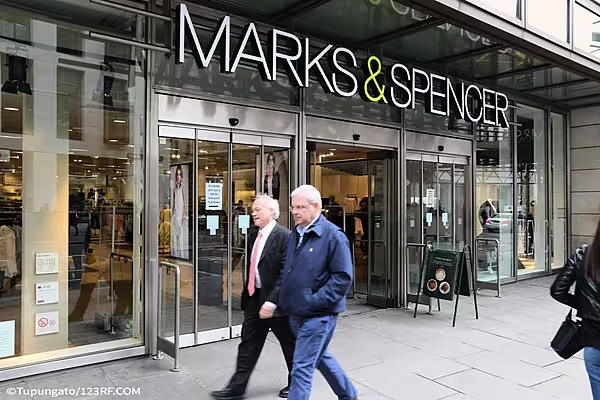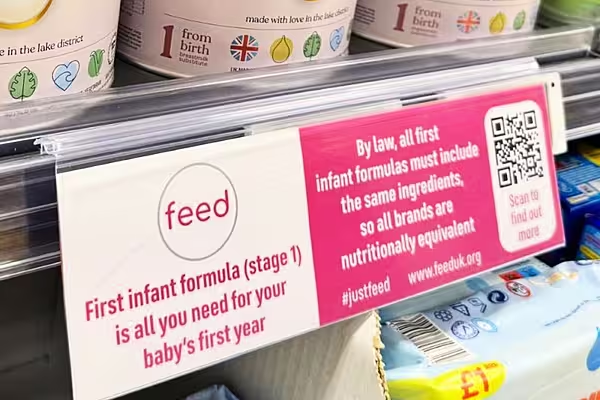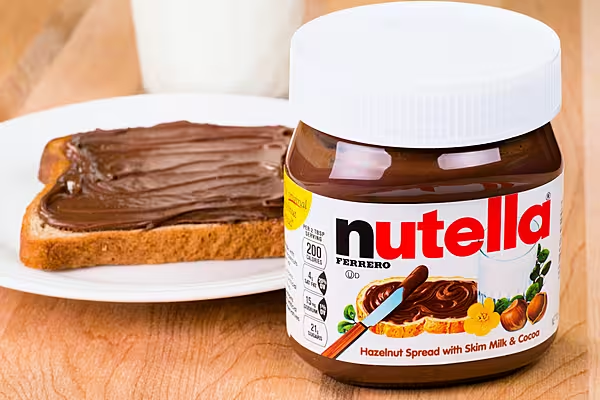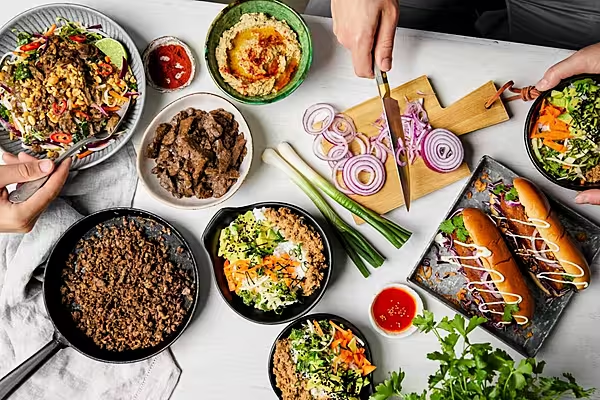UK shoppers have adopted a variety of tactics to manage their consumption amidst high inflation. This article first appeared in ESM's March/April 2024 edition.
With falling inflation and the prospect of interest rate cuts on the horizon – not to mention recent studies that the economy is growing faster than those of many of its European peers – there are signs that the UK is getting back on track.
The outlook is certainly brighter than it was at the start of 2023, when inflation hit a 41-year high of 11.1%, however, consumer confidence has remained subdued – having seen growth towards the end of the year, sentiment fell back for the first time in four months in February.
In the near term, household budgets are expected to face ongoing strain, prompting consumers to be cautious in their spending decisions. Retailers may need to adapt their strategies to attract customers, particularly as inflation decreases.
Circana Insights
According to Alex Lawrence, senior strategic insight director at Circana, inflation had a “very significant impact” on British consumers’ purchasing habits in 2023, as shoppers responded to the high cost of living by managing their consumption and sourcing cheaper products.
As Lawrence explains, shoppers sought to manage consumption in several core ways: cutting back on out-of-home expenditure – according to the UK’s Office for National Statistics, 67% of the population is cutting back on non-essential spend, such as entertainment – reducing wastage (including buying more frozen products) and decreasing overall consumption, particularly in more expensive categories like beer, wines and spirits, which lost one percentage point of value share in the 12 months to December, compared to the previous year.
“Shoppers continued to migrate to the discounters, to reduce spend,” Lawrence explains. “Aldi and Lidl gained significant share over 2023. Also, shoppers gravitated to the major multiple supermarkets and away from symbols and independents, where, on average, the same product is 26% more expensive than in a supermarket. As a result, symbols and independent stores lost unit share in 2023.”
Increased spend on private-label products – which gained 0.5 percentage points of unit share last year – and the purchasing of more products on promotion were other approaches taken by hard-pressed consumers.
Despite inflation, certain categories performed well, such as impulse products like confectionery and energy drinks, as well as ambient grocery segments like dried pasta, with the latter helping to enable cheaper meal solutions.
“In food, the chilled sector saw the weakest performance, losing 0.3 percentage points of value share,” says Lawrence. “In non-food, both health and personal care were resilient to cost-of-living pressures.”
Category Breakdown (data provided by Circana)
Value Sales by Category
| Category | Value Sales (in € billion) | Value Sales Change | Volume Sales Change |
|---|---|---|---|
| Chilled and Fresh | €38.7bn | 7.0% | -2.5% |
| Ambient | €29.6bn | 11.0% | -2.9% |
| Alcohol | €22.6bn | 0.8% | -4.6% |
| Drinks | €15.0bn | 8.0% | -3.6% |
| Confectionery | €8.1bn | 13.4% | -4.6% |
| Frozen | €7.8bn | 10.3% | -2.6% |
| Personal Care | €7.4bn | 9.4% | -2.6% |
| Household | €7.4bn | 4.4% | -5.6% |
| Pet Food | €2.9bn | 9.4% | -6.8% |
| Baby Non Food | €0.9bn | 2.6% | -3.0% |
| Baby Food | €0.8bn | -0.4% | -11.3% |
| Pet Non Food | €0.3bn | 4.8% | 0.7% |
Fastest-Growing Subcategories by Value Sales
| Subcategory | Value Sales Increase |
|---|---|
| Chocolate | +€590.6m |
| Crisps & Snacks | +€543.1m |
| Sport & Energy Drinks | +€519.5m |
| Prepacked Cheese | +€393.6m |
| Fresh Poultry | +€362.5m |
| Sweet Biscuits | +€356.2m |
| Eggs | +€342.6m |
| Fresh Milk | +€252.7m |
| Carbonates | +€229.7m |
| Sweets | +€222.2m |
